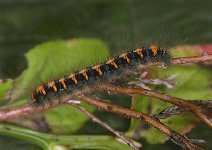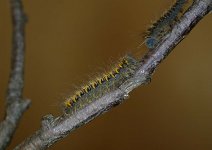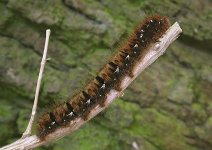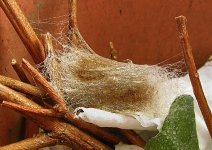charly streets
Charlie Streets
Hi all,
Last October I collected an Oak Eggar early instar larva from local moorland in West Yorks. It is currently overwintering in my back garden and I was wondering when is a good time to bring it inside and start feeding it up - on bramble hopefully?
It seems to be withstanding the prolonged spell of frosts of late and I'm determined to do all I can to see it through to adulthood in 2011.Thanks for looking.
Charlie in the frozen north.
Last October I collected an Oak Eggar early instar larva from local moorland in West Yorks. It is currently overwintering in my back garden and I was wondering when is a good time to bring it inside and start feeding it up - on bramble hopefully?
It seems to be withstanding the prolonged spell of frosts of late and I'm determined to do all I can to see it through to adulthood in 2011.Thanks for looking.
Charlie in the frozen north.








